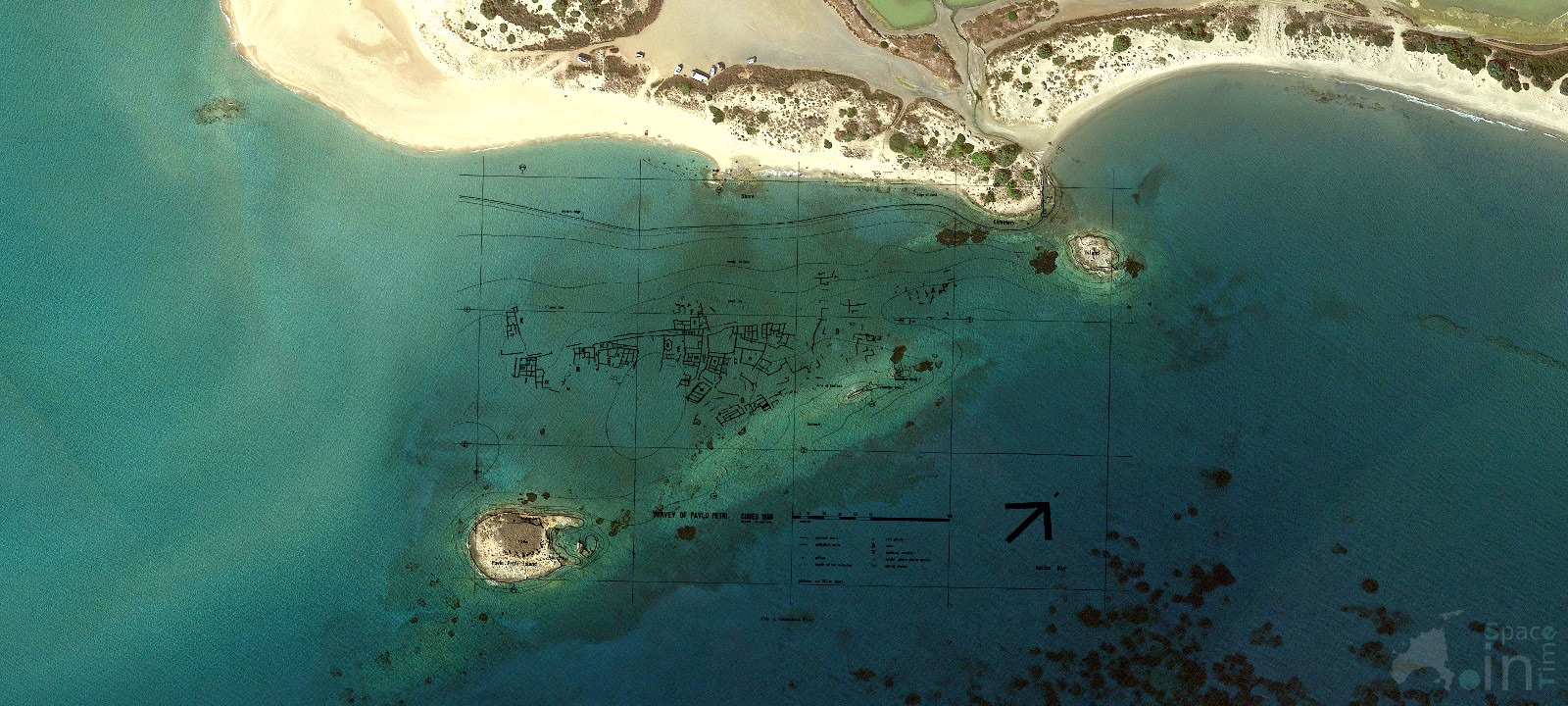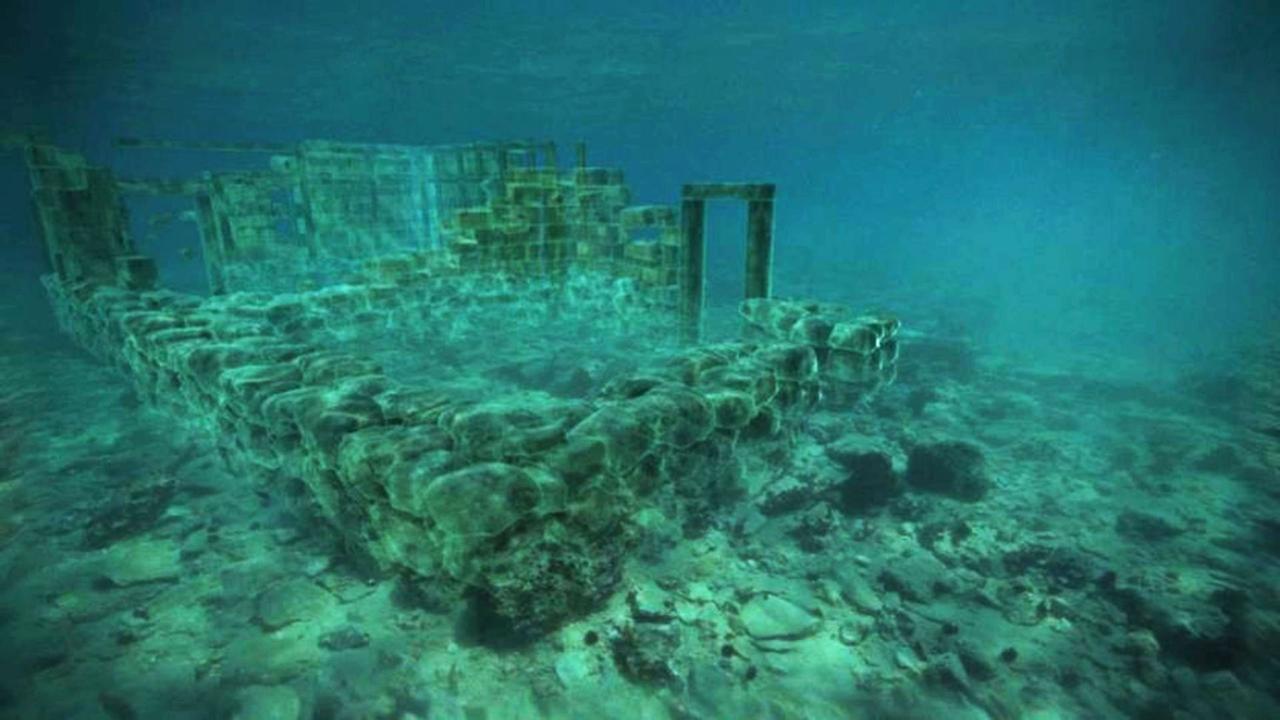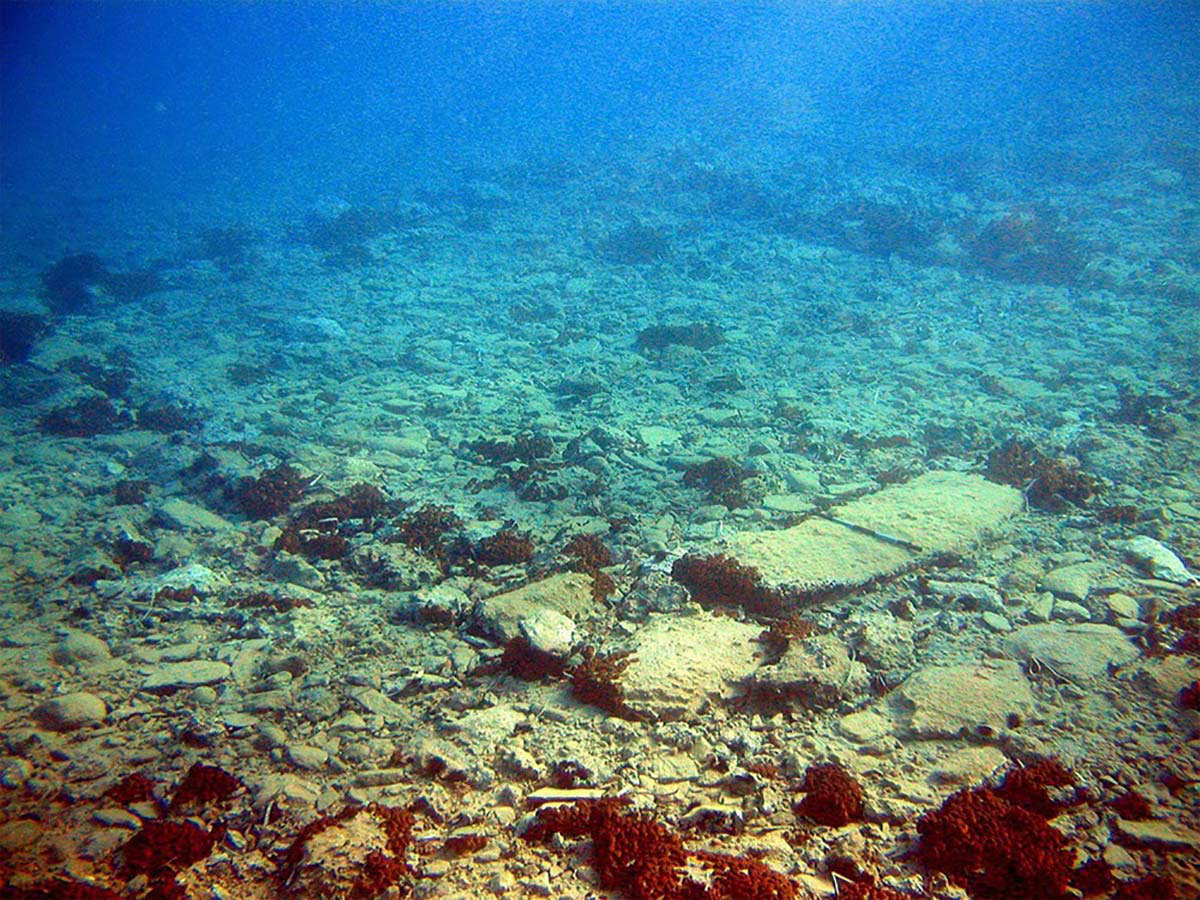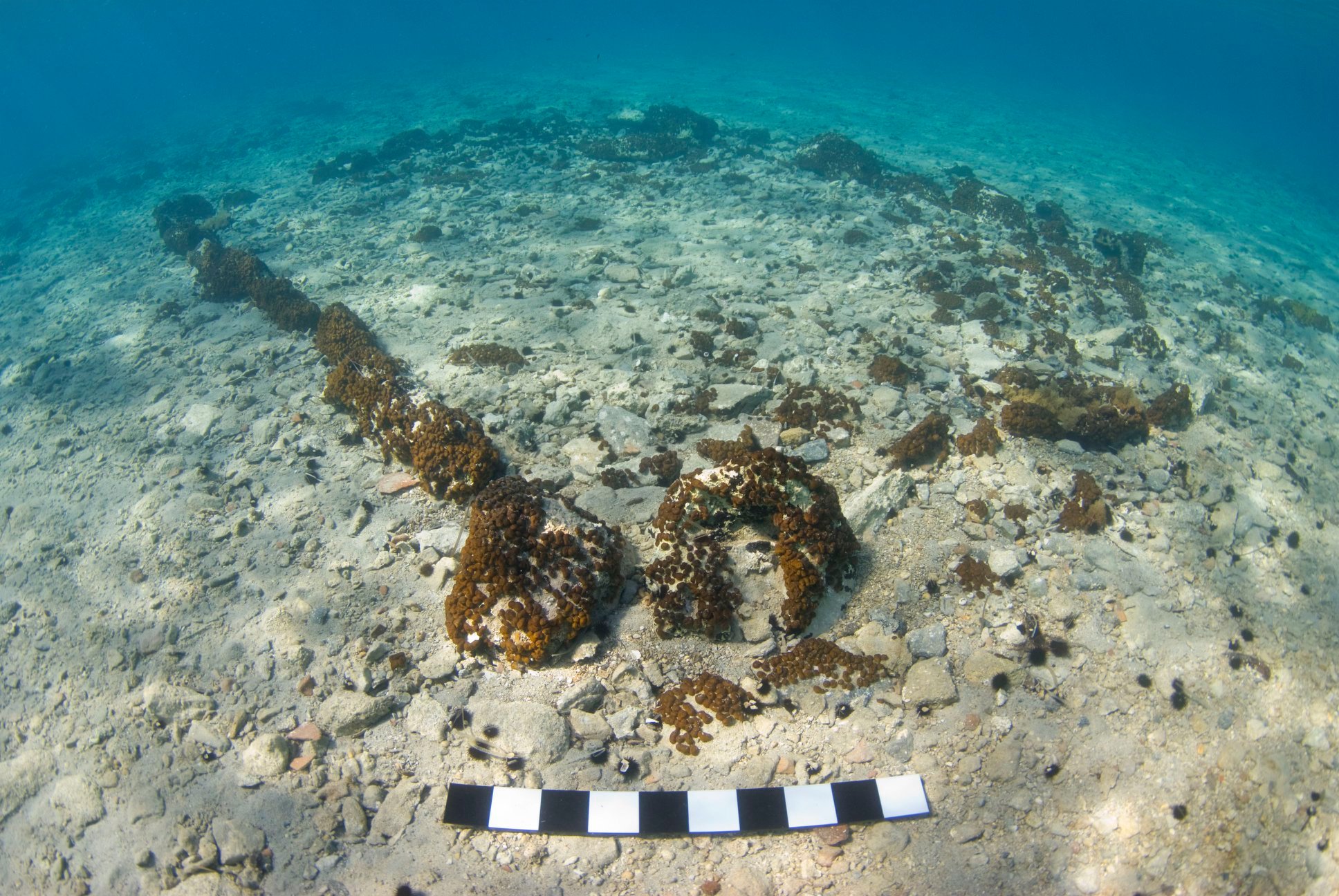Pavlopetri: Exploring the Depths of One of the World’s Oldest Submerged Cities

Pavlopetri is an anonymous village in front of the island of Cervi (Elafonisos), in whose beach, during the ’60s, was made a discovery of exceptional importance for the world archaeology: an ancient underwater city, whose topography had remained almost completely visible at a distance of 5,000 years of history.

The ancient city, called Pavlopetri but with an unknown name, is located at an average depth of 4 meters, and is believed to be the oldest submerged city in the Mediterranean, the oldest in the world after Dwarka in India.
The urban agglomeration dates back to around 3,000 BC, and includes streets, two-storey houses with gardens, temples, a cemetery and an advanced water management system, with drainage canals and water pipes. At the center of the city was a square with an area of 40X20 meters, a place of citizen discussion, and the buildings were majestic, with up to 12 rooms inside. The design quality of this city amazed the expert urbanists, who considered it superior to many modern ones.

Pavlopetri is so old that it was already ancient during the era “of the heroes” described by Homer in the Iliad, set during the Mycenaean era, around 1,600 BC. Although Pavlopetri has been known for half a century now, it was only in 2009 that extensive studies were carried out, and revealed that the area, of about 9 hectares, was inhabited as early as 2800 BC, and that the city was swallowed by the sea during 1,000 BC due to a devastating earthquake.
Despite the devastation of the earthquake, the layout of the city is still clearly visible, and 15 major buildings have been positively identified. Professor John Henderson, of the University of Nottingham, has conducted the most extensive studies of the town, managing to reconstruct the city with its buildings in three-dimensional graphics.

Historians estimate that the city was a commercial crossroads between the Minoan civilization, the island of Crete, and the Mycenaean, in the Argolis region not far away. Throughout the site have been found containers for the storage of goods made of clay, statues, tools of daily use and other artifacts, especially many “Pithari”, jars for oil, certainly from Crete. Pavlopetri had to be also an important center of textile production, indication inferable from the numerous weights from loom found in loco.
The ruins of the city are today unfortunately threatened by the very beauty of the place. The island of Cervi and the beach of Pouda are in fact frequented both by tourists by land, sometimes in search of souvenirs, and by boats of various kinds, which with their anchors put at risk the very integrity of the topography of the ruins.